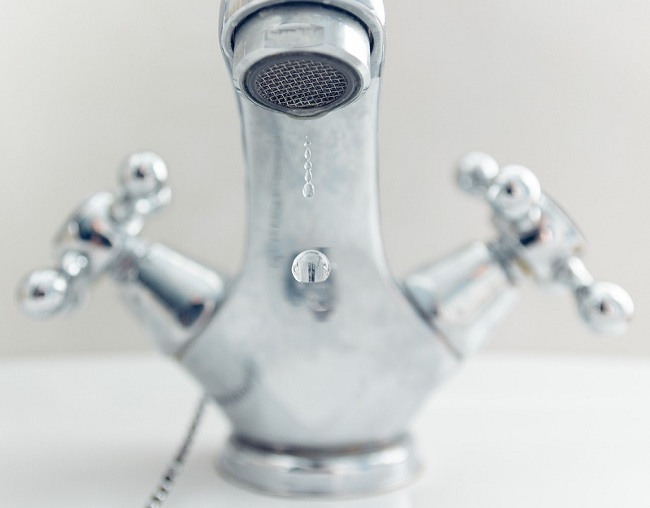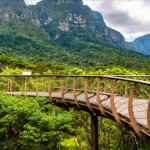While the recent rains have definitely helped a bit, we will need to continue to save water in Cape Town throughout winter to ensure that we survive over the next dry season. Since the start of June 2017, Level 4 water restrictions have been in place, moving up from Level 3B water restrictions. These will likely not be removed… even after the epic Cape Town storm from last week. What is needed for the dams to fill is steady rainfall over the next few months.
What exactly does this mean for both locals and visitors? For starters, it means that the city will need to keep saving water, whether it is raining outside or note. According to Xanthea Limberg, Mayco Member for Informal Settlements, Water and Waste Services and Energy, “Even if it rains, we cannot think that we can increase our water consumption because that also impacts our dam levels.”
How to Save Water in Cape Town
What can we do to save water in Cape Town? The ideal volume to reach in order to truly save water in Cape Town is 600 million litres per day (roughly 100 litres per person per day). Currently, our dam levels are still critically low – especially when compared to last year. The total capacity this week (12/06/2017) is 190 548 MI, up from 176 192 MI last week. In 2016 however, the total capacity was 267 154 MI.
Some of the ways that water can be saved include the following:
* Grey water. Whether you are able to add grey water systems to your property, or you simply recycle your bath, shower and dish water in the garden and toilet, one of the simplest ways to save water is to reuse it wherever possible. Instead of letting the water run down the drains, use it to water the garden, or flush the toilet. This means that you will use less municipal water instead. As of the Level 4 restrictions put into place from 1 June 2017, watering the garden with tap water is no longer allowed. This makes grey water even more essential.
* Water tanks. Not everyone can afford one, but over the long term, a tank can pay off its once-off cost fairly quickly. What makes these so useful is that they collect rain water throughout the winter. This water can then be used in the garden over the dry season after the rains. A standard sized tank will fill up fairly quickly, making it useful even during the winter months between rainy days. With a few additions such as pumps and filters, this water can even be used in the house.
* Small steps. Even the smallest step can help. If you shower, put a bucket or basin under the shower flow to catch water. Instead of having a full bath, have a smaller bath. Don’t let water run while you brush your teeth or rinse anything in the sink. Keep a jug or a basin in the kitchen sink to catch any excess water. Invest in water-less wash products for your hands and car. Head down to the Newlands spring to get fresh drinking water directly from the mountain. Do a full wash load once a week instead of smaller loads every day. Put a brick in the toilet cistern to reduce the flow. Every little drop makes a difference.
_____________________________________________
Whether it is a rainy day or not, continuing to make changes is the only way that we will be fully sure that we are saving water. Hopefully, we will get more rainy days over the next few months. But for now, you can do your bit to save water in Cape Town by making just a few small changes.
Dam chart: Cape Talk/Mayco






